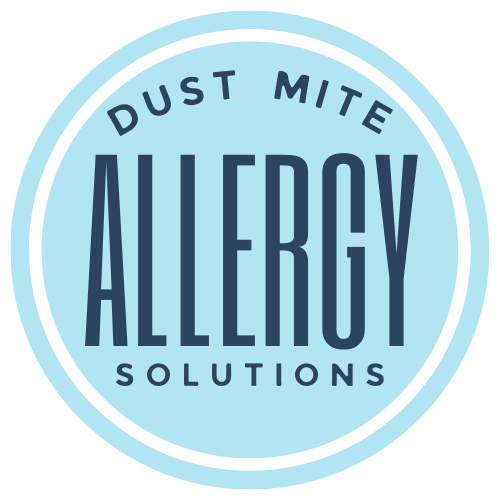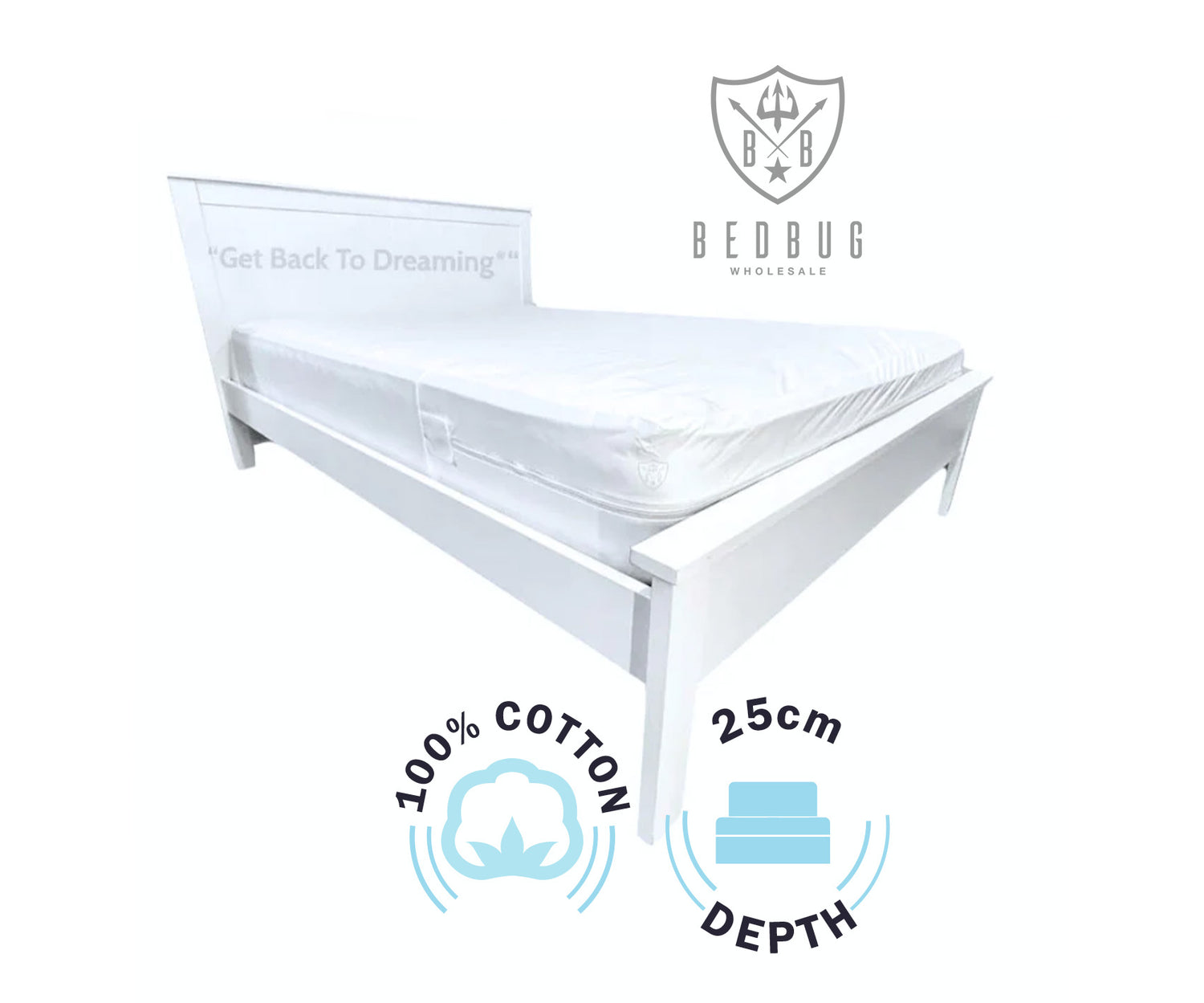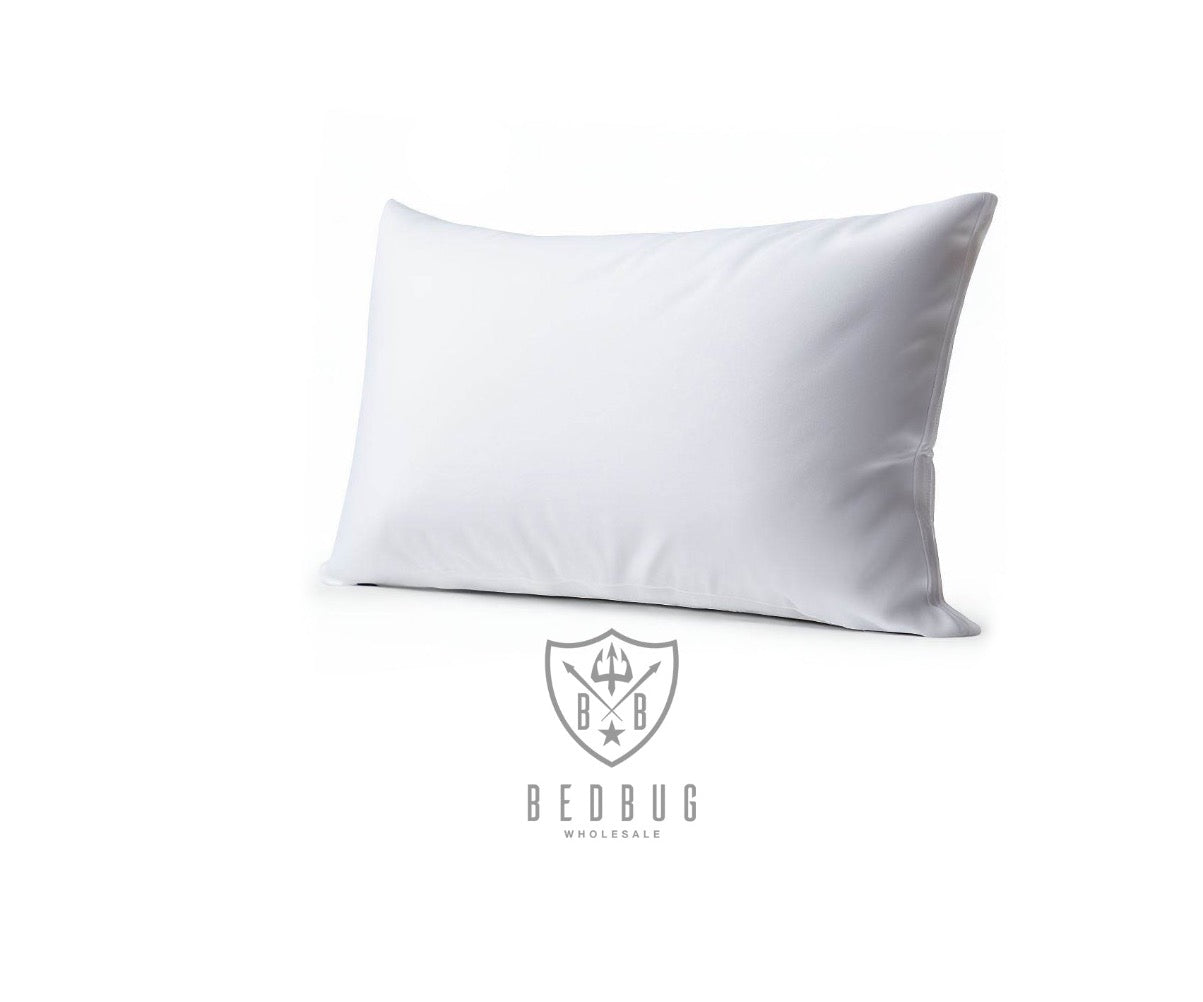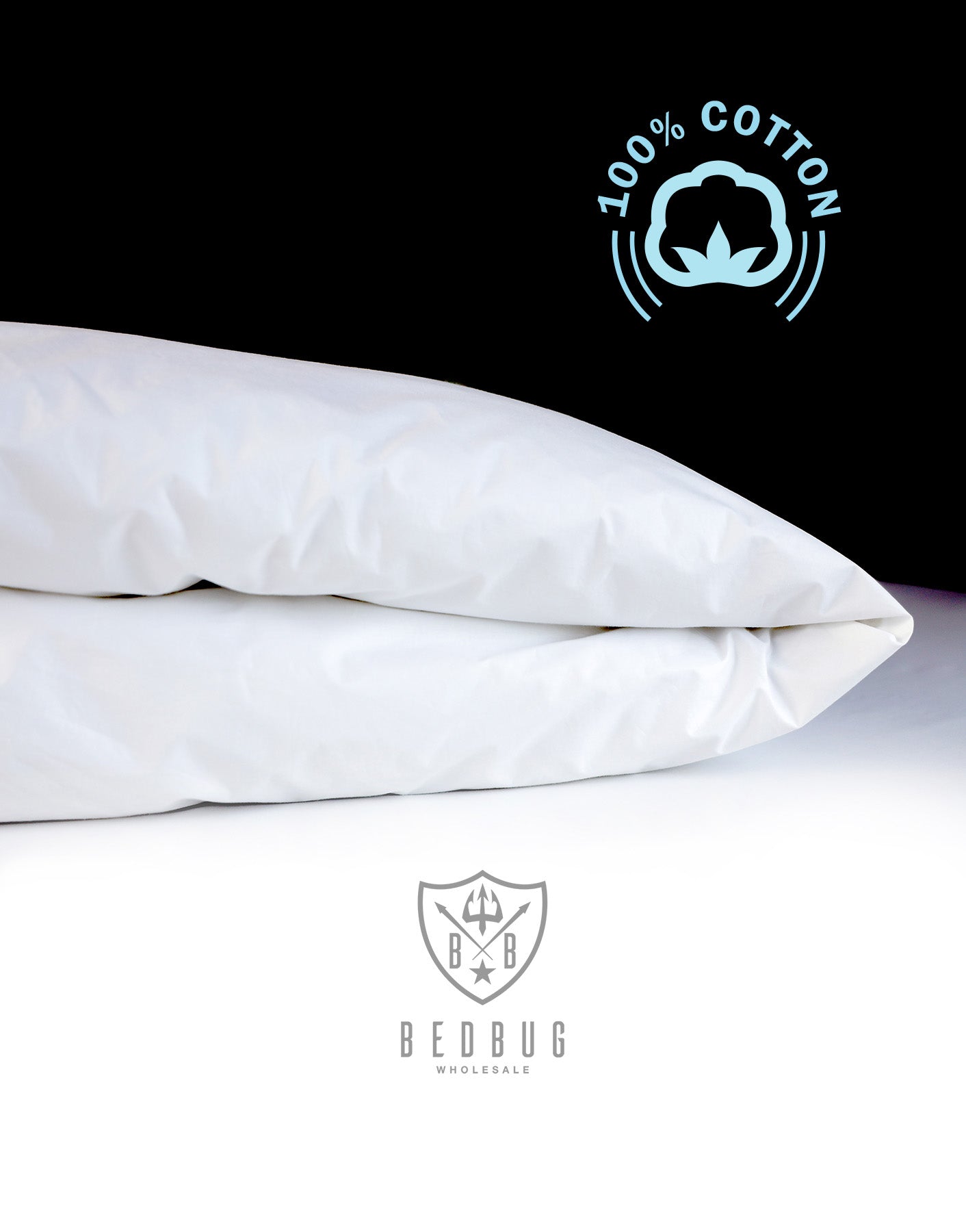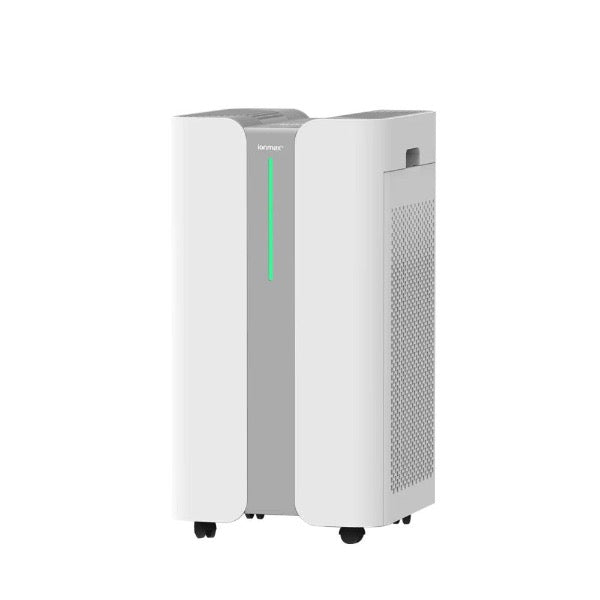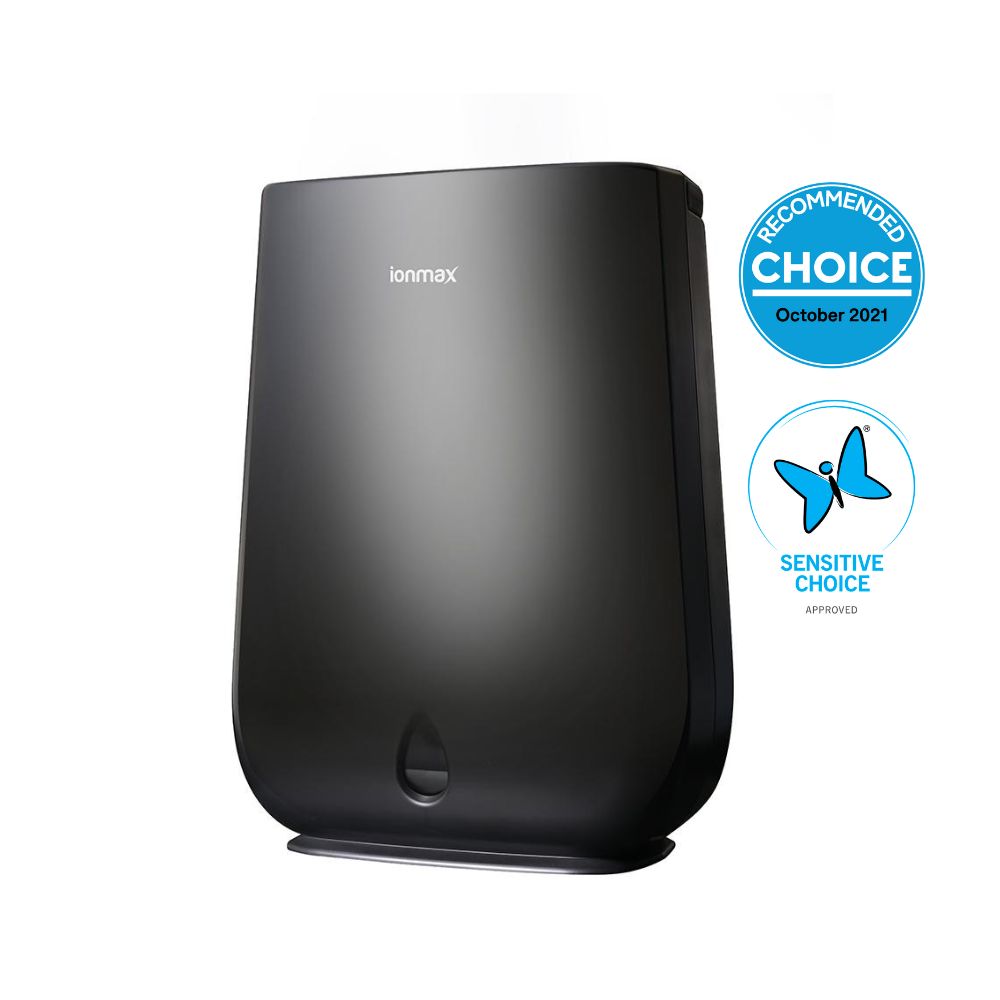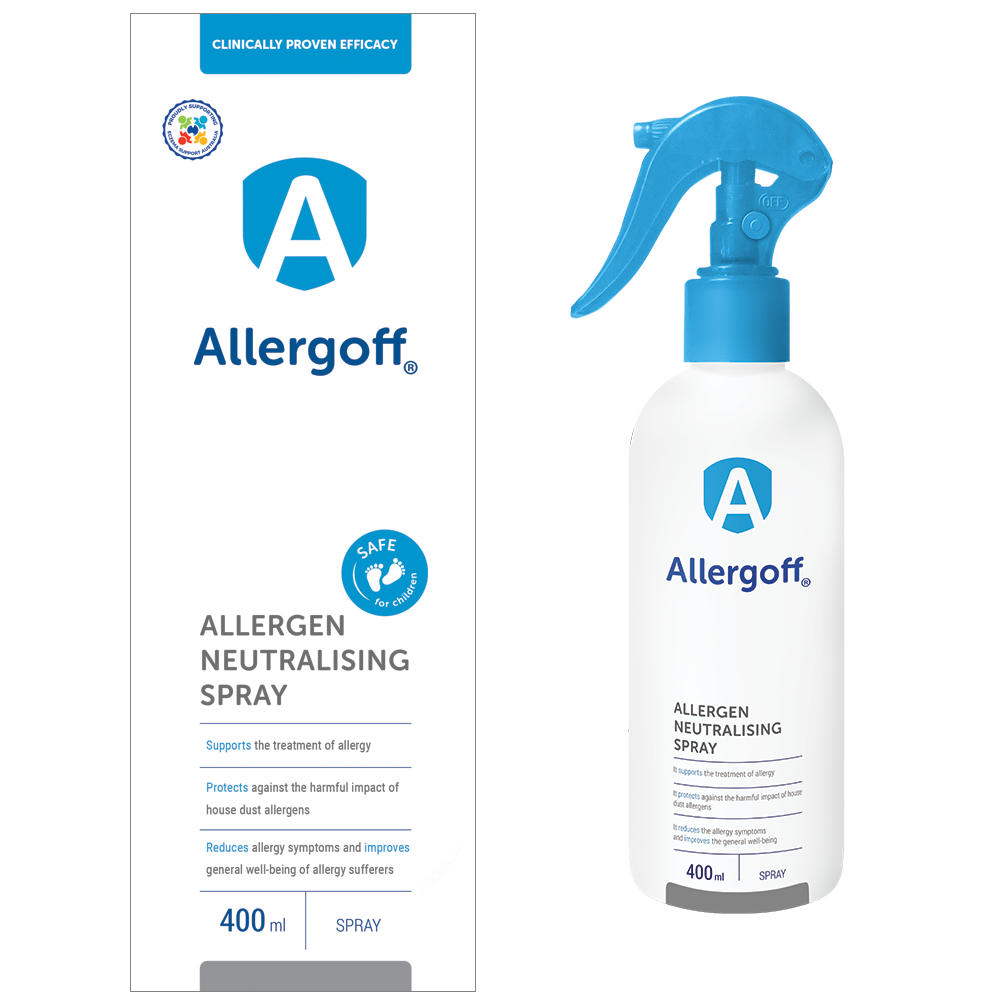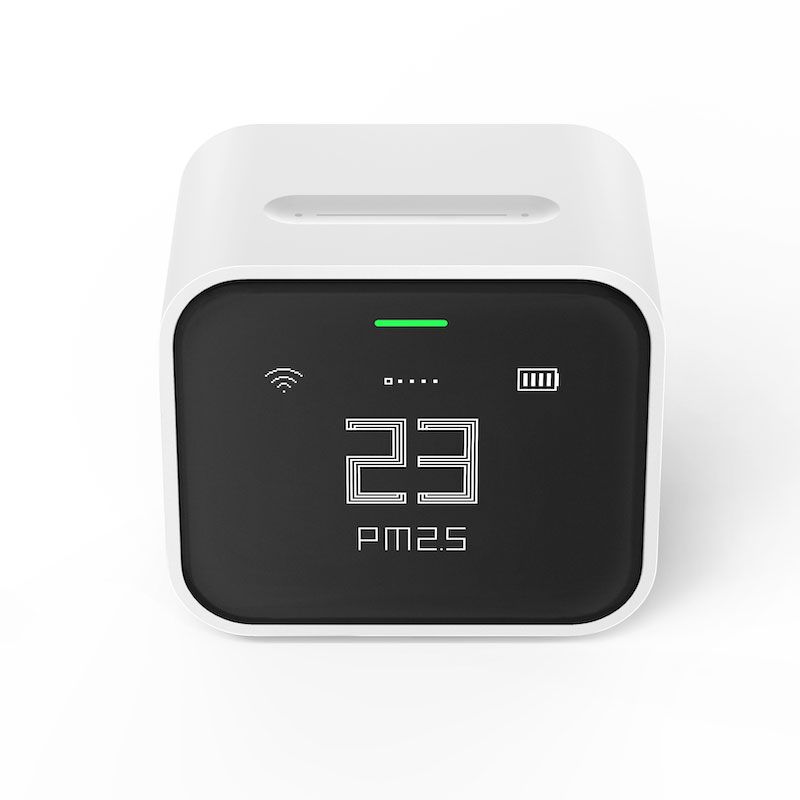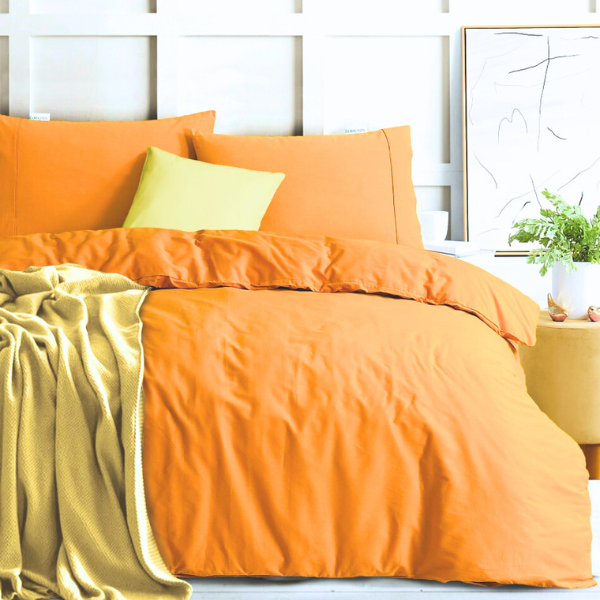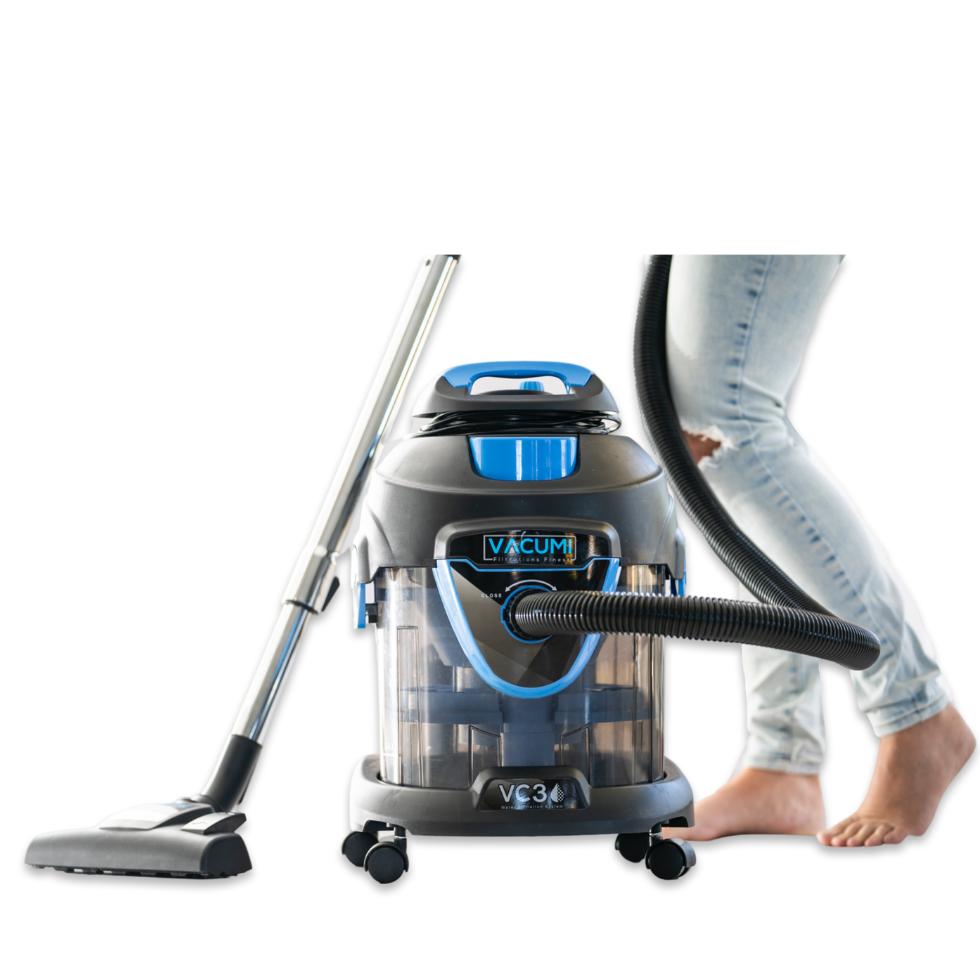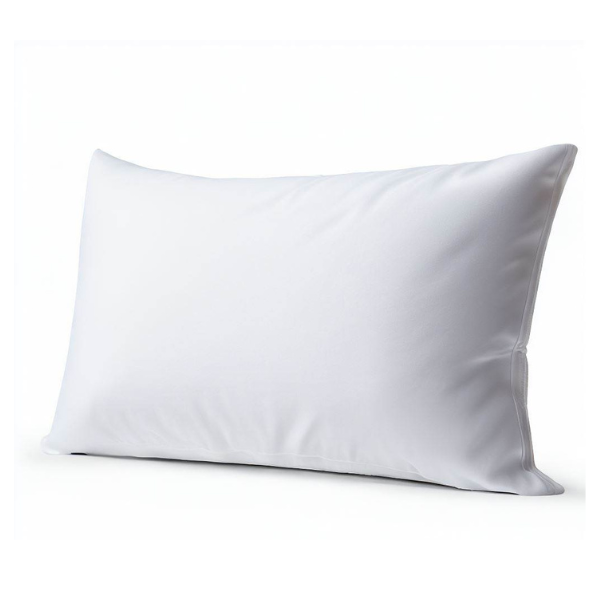When my young daughter, who was 5 at the time, first started showing signs of sneezing, runny nose, and itchy eyes, I didn't pay much attention. Later I attributed it to getting colds at school. But then I noticed that these symptoms seemed to flare up in the morning. After a while I realised that something is wrong as getting a cold every week was not normal.
Dust Mite Allergy Symptoms in my Child:
- Sneezing, especially in the mornings
- Breathing through the mouth
- Runny nose
- Red eyes
- Irritability
- Waking up often in the night
- Postnasal drip
- Rubbing her nose upward often
- Ear infections as a baby
- Cough that didn't resolve
- Asthma (was not an issue in our case but can be a common symptom)
When she got a cough that did not resolve, we saw our GP who suspected that she might have an allergy. When he checked her nose and saw polyps in her sinus cavities, he referred her to get an allergy tests, both blood and skin prick test.

Testing for Allergies
Our GP referred my daughter to get tested. In Australia, there are two allergy tests available: IgE Blood Test and Skin Prick Test (SPT). We had both done and both came back positive for dust mite allergy.
Finally we received a diagnosis that was both a relief and a new challenge: dust mite allergy. All along, these symptoms were not a cold, they were dust mite allergy symptoms.
At first I felt overwhelmed as it seems impossible to deal with something you can't even see. But after getting over the initial shock I started reading and learning how to deal with it.

The first step in our journey was understanding what we were dealing with. Dust mite allergies in Australia are very prevalent because the high humidity on our coasts.
Dust mites are tiny bugs that thrive in warm, humid environments and feed on dead skin cells.
The thought of these creatures living in mattresses and bedding was gross and terrifying.
Our allergist explained that it wasn't the mites themselves but their droppings that triggered allergic reactions.
The Link Between Allergies and Nasal Polyp Formation and Why This is a Problem
According to the Sinus Doctor, nasal polyps and allergies are connected because allergies cause constant swelling and irritation in your nose, which can lead to the growth of soft, noncancerous lumps called nasal polyps. Not everyone who has polyps has allergies but there is a connection. This connection means that allergies can lead to polyps, and having polyps might make allergy symptoms worse by holding onto allergens in your nose longer, making your reactions more severe and by obstructing air flow, which causes a child to breath through the mouth instead of the nose.
Allergic Rhinitis as a Symptom of Dust Mite Allergy
When we first got the diagnosis, I had to google what is 'allergic rhinitis'. Allergic rhinitis, commonly known as hay fever, that manifested as sneezing, runny or blocked nose and watery eyes in my daughter, is a widespread condition in children with allergies.
According to AIHW, The condition is particularly prevalent in Australia, where studies show that about 19% of the population is affected.
How to Deal with Dust Mite Allergies
According to the Australasian Society of Clinical Immunology and Allergy (ASCIA), effective management of dust mite exposure can significantly reduce symptoms such as sneezing, nasal congestion, itchy eyes, and asthma. By lowering the amount of allergens around them, people can feel better overall and might not need to use as many medications.
Lowering allergen levels isn't just about quick fixes—it's also about preventing future problems. This approach not only cuts down on immediate allergy symptoms but also lessens the risk of long-term health issues, leading to better overall health.
Tip 1 - Reducing Dust Mite Exposure in Bedroom
It was clear that the biggest exposure to allergens is happening at night because of the severe allergy symptoms in the morning. That made me realise that they live in my daughter's bedding and I prioritised dealing with the allergens in the bedroom and bed.
We started by encasing mattress, pillows, and duvets in dust mite covers.This created a barrier as these covers are designed to keep the mites out.
We also replaced her woolen blankets with hypoallergenic ones and made sure to wash her bedding weekly in hot water, which helps kill mites and remove their allergenic feces.
Products I used:
- Dust mite mattress protector. I prefer the 100% cotton ones over the waterproof ones.
- Dust mite quilt cover
- Dust mite pillow protector
Tip 2 - Hypoallergenic Bedding
Opting for bedding that was allergy friendly was another critical step in managing dust mite allergy symptoms.
Because we live in a house that has a lot of carpets, I knew that all bedding is probably infested with mites. So I decided to invest in all new bedding, including mattress, pillows and duvet.
Choosing the right bedding was a bit confusing - while some sources say wool is inhospitable to dust mites, others claim dust mites flourish in it. How do you reconcile these conflicting statements? Ultimately, one fact became apparent: dust mites despise extreme temperatures. Therefore, I decided on lyocell bedding, which is natural, easily washable at high temperatures, and feels wonderful!
Products I used:
- Mattresses made with hypoallergenic materials
- Allergy friendly pillow
- Hypoallergenic quilt
- Allergen-resistant bedding
Tip 3 - Air Quality
While the natural instinct would be to get an air purifier, first I learned from various studies that dust mites thrive in high humidity, so we invested in a dehumidifier to keep the air dry to stop dust mites from rapidly multiplying. Maintaining an indoor humidity level below 50% has made a significant difference in reducing mite populations.
Shopping for an air purifier felt like venturing into a jungle with all the choices out there! I found out that getting one with a good quality HEPA filter is crucial—it’s like a trap for dust mite allergens floating around. The HEPA filter really is the heart of the air purifier; the better the filter, the better the air. So, that became my next step.
Products I used:
Tip 4 - Maintaining a Dust-Free Environment
Keeping our home dust-free became a top priority. I began using a vacuum cleaner with a HEPA filter to trap dust mite particles effectively.
We removed carpets from her bedroom and replaced them with hardwood flooring, which doesn’t retain dust as carpets do. Regularly cleaning and dusting her room, especially in hard-to-reach areas, became a part of our weekly routine.
I made my own sprays from natural ingredients but also purchased a dust mite spray designed to minimise allergens.
Products I used:
Tip 5 - Allergy Specialists
The dust allergy symptoms did not disappear quickly. As frustrating as it was, I realised the it's a marathon, not a sprint. While none of these things was an immediate solution, they all contributed to lessening exposure to allergens little by little. In addition, Our GP also prescribed antihistamines to take at night to help with breathing which helps manage her dust mite symptoms. Eventually, she got prescribed the Allergy Vaccine, which she is on now.
Our Ongoing Journey
Our journey taught us that while allergies can be overwhelming, with the right knowledge and tools, they can be managed. Sharing our story, I hope to help other parents facing similar challenges.
Remember, you are not alone in this journey, and with persistence and the right strategies, your child can live comfortably despite their allergies.
Disclaimer: This article reflects my personal experiences in managing my daughter's dust mite allergy. Please note that I may receive financial benefits from the mention or use of certain products. This story is not a substitute for professional medical advice, diagnosis, or treatment. Always seek the advice of your physician or other qualified health provider with any questions you may have regarding a medical condition.
